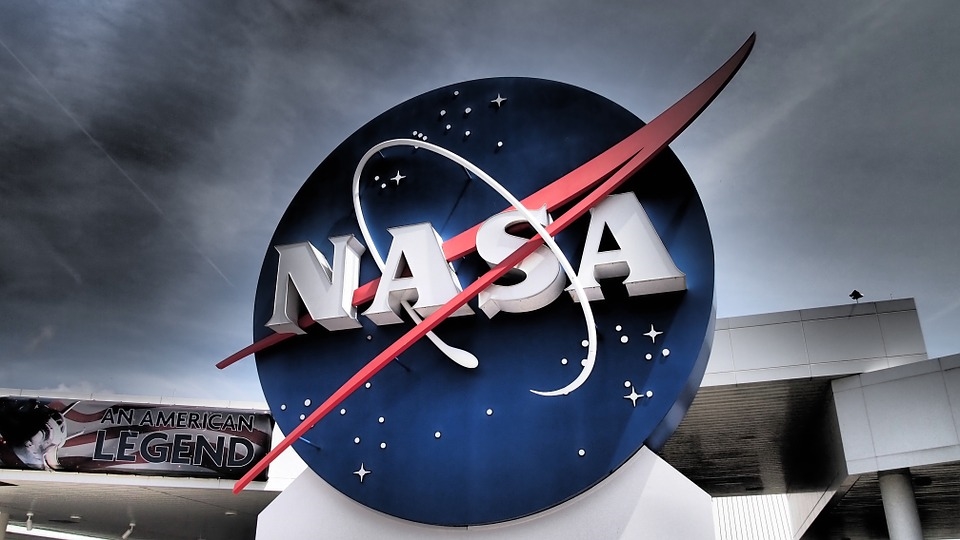Art project aims to generate music that can be heard by aliens wherever they are in the universe
10/10/2018 / By Edsel Cook

The celebrated poet Henry Wadsworth Longfellow once said that music is the universal language of mankind. In an article on Space.com, an American artist is taking that saying to the next level by making music that can be appreciated by any creature from any corner of the universe.
Intergalactic Omniphonics is the brainchild of alien conceptual space artist Jonathon Keats. Supported by the University of North Carolina-Asheville (UNCA), the art project aims to develop instruments and music that isn’t limited to human hearing.
Music is essentially the modulation of the amplitude and frequency of sound over a period of time — and sound is not the only thing that possesses those traits.
Light and gravitational waves are two such groups of waves that have a broad range of frequencies and amplitudes. Theoretical intelligent aliens might be able to sense those waves in addition to audible sound. Some extraterrestrial beings might only be able to sense very high-frequency sounds or parts of the light spectrum that are beyond human senses.
To achieve this, Keats has collected some of the strangest implements ever invented. Many of them are not what humans would call musical instruments. (Related: Listening to live classical music provides DRAMATIC cognitive benefits for dementia patients.)
For extraterrestrials, these strange gadgets might serve as musical instruments
Gamma-ray bells, for instance, are marbles made of uranium and glass with a radium watch dial. Normally concealed inside handbells made of lead, they release gamma rays whenever their bell-shaped case are lifted by their wooden handles. The ultrasonic organ, on the other hand, is made of a bunch of dog whistles. Any dog owner knows that the high-frequency sounds emitted by these whistles can only be heard by animals with very sensitive hearing.
And then there is the gravitational cello. It might not look like something that causes space-time to ripple, since it is basically a steel ball suspended beneath a shaft through a string. But whenever an object that possesses mass gets accelerated, it emits gravitational waves. These are waves so faint and mysterious that they could only be directly detected during the collision of two black holes in 2015. There is a reason why cellists barely move while playing their instrument. The slightest twitch of their bodies sends out gravitational waves that can disrupt the ones generated by a cello. Every swing of the ball of the gravitation cello lets out peals of gravitational waves. Smaller gravitational rattles can do the same on a much smaller scale.
A melody for humans and non-humans from outer space
In an interview, Keats explained that Intergalactic Omniphonics was not just limited to making music for potential aliens. He also wanted to establish links between the myriad cultures and communities on Earth, some of which could seem as alien to each other as actual extraterrestrials from the Andromeda Galaxy.
“What we’re really lacking in society is a way to connect across borders and boundaries,” he urged. “We need to bring about a fundamental paradigm shift in how we think about ourselves.”
One of the important parts of the project is a universal anthem, a musical piece that all intelligent beings – humans and extraterrestrials alike – will understand. Its topic is the second law of thermodynamics, which states that the total entropy of an isolated system will never decrease no matter what.
Keats is working on a basic framework for the universal anthem that can be played on any musical instrument, be it a conventional guitar or a gravitational cello.
If you have become interested in the type of music that aliens might like to listen to, you can check out UFOs.news for similar stories.
Sources include:
Tagged Under: alien music, aliens, cosmic, extraterrestrial beings, extraterrestrials, Gravitational Waves, listening to music, music, musical instruments, sound frequencies, sound waves, space exploration, UFOs, weird science



















